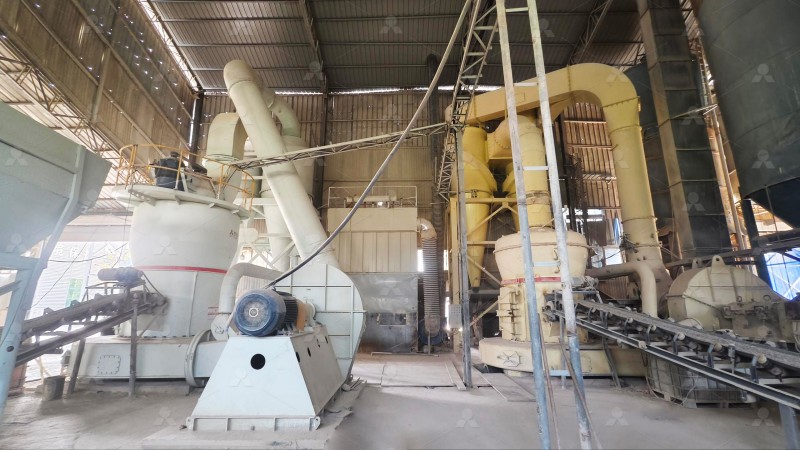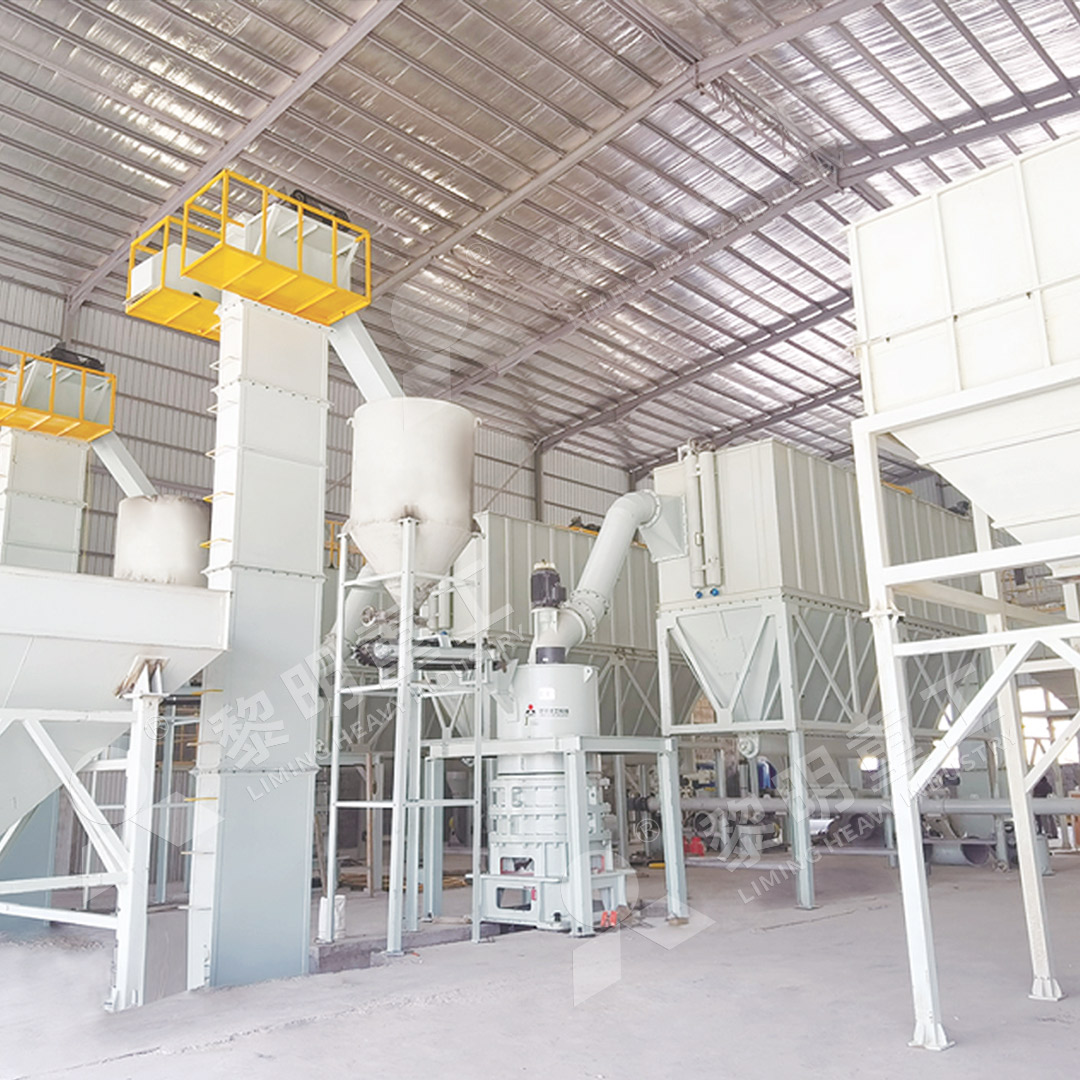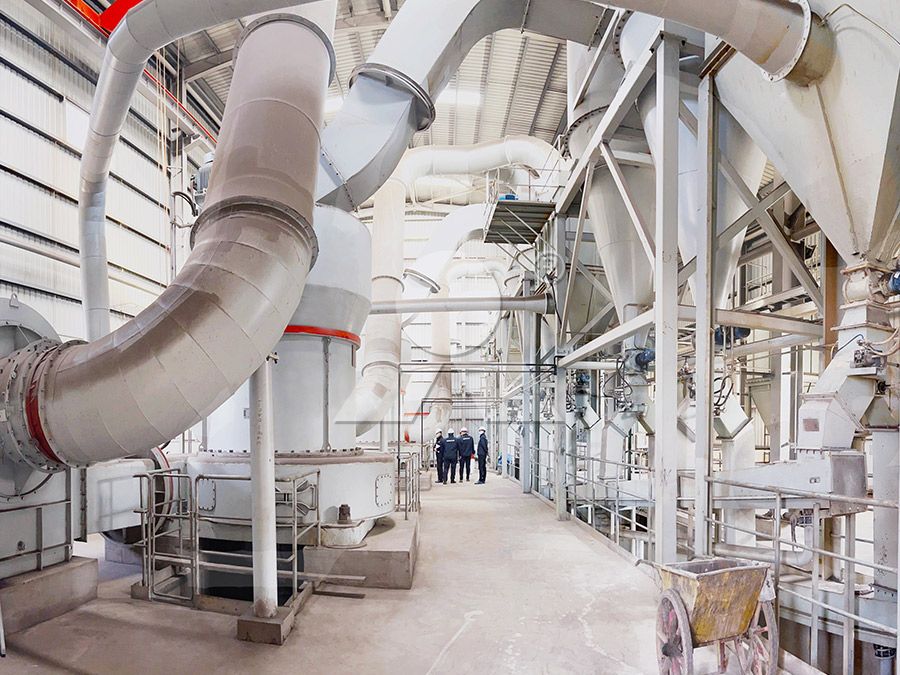High Efficiency Calcite Powder Grinding Mill for Industrial Applications
High Efficiency Calcite Powder Grinding Mill for Industrial Applications
In today’s competitive industrial landscape, achieving optimal particle size distribution and production efficiency in mineral processing is paramount. Calcite, a versatile mineral with applications spanning from plastics and paints to pharmaceuticals and construction materials, demands precise grinding solutions to unlock its full potential. The quest for finer powders with consistent quality has driven technological advancements in grinding mill design, particularly for calcite processing operations.

Traditional grinding methods often fall short in meeting the stringent requirements of modern industrial applications. Issues such as excessive energy consumption, inconsistent particle size distribution, and environmental concerns have prompted manufacturers to seek more sophisticated solutions. The ideal calcite grinding mill must balance production capacity with precision, while simultaneously addressing operational costs and environmental compliance.
The Evolution of Calcite Grinding Technology
Recent innovations in grinding mill technology have revolutionized calcite processing. Modern mills incorporate advanced features such as intelligent classification systems, precision grinding curves, and eco-friendly operation mechanisms. These developments have enabled manufacturers to produce calcite powders with fineness ranging from coarse grades to ultra-fine specifications exceeding 2500 meshes, all while maintaining operational efficiency.
One standout solution that has gained significant traction in the industry is the MW Ultrafine Grinding Mill. This advanced system represents a leap forward in calcite processing technology, specifically engineered for customers requiring ultra-fine powder production. With an input size capability of 0-20 mm and capacity ranging from 0.5 to 25 tons per hour, this machine accommodates various production scales while maintaining consistent output quality.
Key Considerations for Calcite Grinding Operations
When selecting grinding equipment for calcite processing, several critical factors must be evaluated. Production capacity requirements, target fineness specifications, energy consumption patterns, and environmental compliance standards all play crucial roles in determining the appropriate technology. Additionally, operational reliability and maintenance requirements significantly impact long-term profitability.

The MW Ultrafine Grinding Mill addresses these concerns through its innovative design features. The newly engineered grinding curves of the grinding roller and ring enhance grinding efficiency substantially. Comparative performance data indicates production capacity increases of up to 40% over conventional jet grinding mills and stirred grinding mills, with yield doubling that of traditional ball grinding mills. Remarkably, these performance gains come with system energy consumption reduced to just 30% of jet grinding mill requirements.
Advanced Features for Superior Performance
Modern calcite grinding mills incorporate several technological advancements that distinguish them from earlier generations of equipment. The cage-type powder selector in the MW Ultrafine Grinding Mill, utilizing German technology, significantly enhances powder separation precision. This system allows product fineness adjustment between 325-2500 meshes, achieving remarkable screening rates of d97≤5μm in a single pass.
Another critical innovation lies in the mill’s internal design. The elimination of rolling bearings and screws within the grinding chamber addresses common failure points that plague conventional mills. This design philosophy extends to the external lubrication system, enabling continuous 24-hour operation without shutdowns for maintenance.
Environmental Compliance and Operational Safety
Contemporary industrial operations must prioritize environmental stewardship alongside production efficiency. The integration of efficient pulse dust collectors and muffler systems in advanced grinding mills ensures minimal dust and noise pollution during operation. These features, combined with fully enclosed negative pressure systems, allow facilities to meet stringent environmental regulations while maintaining production targets.

For operations requiring vertical grinding solutions, the LUM Ultrafine Vertical Grinding Mill presents an excellent alternative. With its input size capacity of 0-10 mm and throughput of 5-18 tph, this mill integrates ultrafine powder grinding, grading, and transporting into a single efficient system. Its unique roller shell and lining plate grinding curve design facilitates easier material layer generation, enabling high finished product rates through single-pass powder milling.
Conclusion
The selection of appropriate grinding technology fundamentally impacts the profitability and sustainability of calcite processing operations. By leveraging advanced mills like the MW Ultrafine Grinding Mill and LUM Ultrafine Vertical Grinding Mill, manufacturers can achieve superior product quality, reduced operational costs, and enhanced environmental performance. These technologies represent the current pinnacle of grinding innovation, offering comprehensive solutions for modern industrial calcite applications.
Frequently Asked Questions
What fineness range can be achieved with modern calcite grinding mills?
Advanced systems like the MW Ultrafine Grinding Mill can produce calcite powders with fineness adjustable between 325-2500 meshes, with some models achieving screening rates of d97≤5μm in a single pass.
How do modern grinding mills address environmental concerns?
Contemporary designs incorporate efficient pulse dust collectors, mufflers, and fully enclosed negative pressure systems to minimize dust and noise pollution, ensuring compliance with environmental regulations.
What maintenance advantages do newer mill designs offer?
Innovations such as the elimination of internal rolling bearings and screws, combined with external lubrication systems, significantly reduce maintenance requirements and enable continuous 24-hour operation.
How does energy consumption compare between traditional and modern grinding mills?
Advanced mills can reduce energy consumption by 30-50% compared to conventional systems while increasing production capacity by up to 40% and doubling yield compared to ball grinding mills.
What production capacities are available for industrial-scale calcite grinding?
Modern grinding mills offer varying capacities to suit different operational needs, ranging from 0.5-25 tph for ultra-fine grinding applications to higher throughput systems for larger-scale operations.
